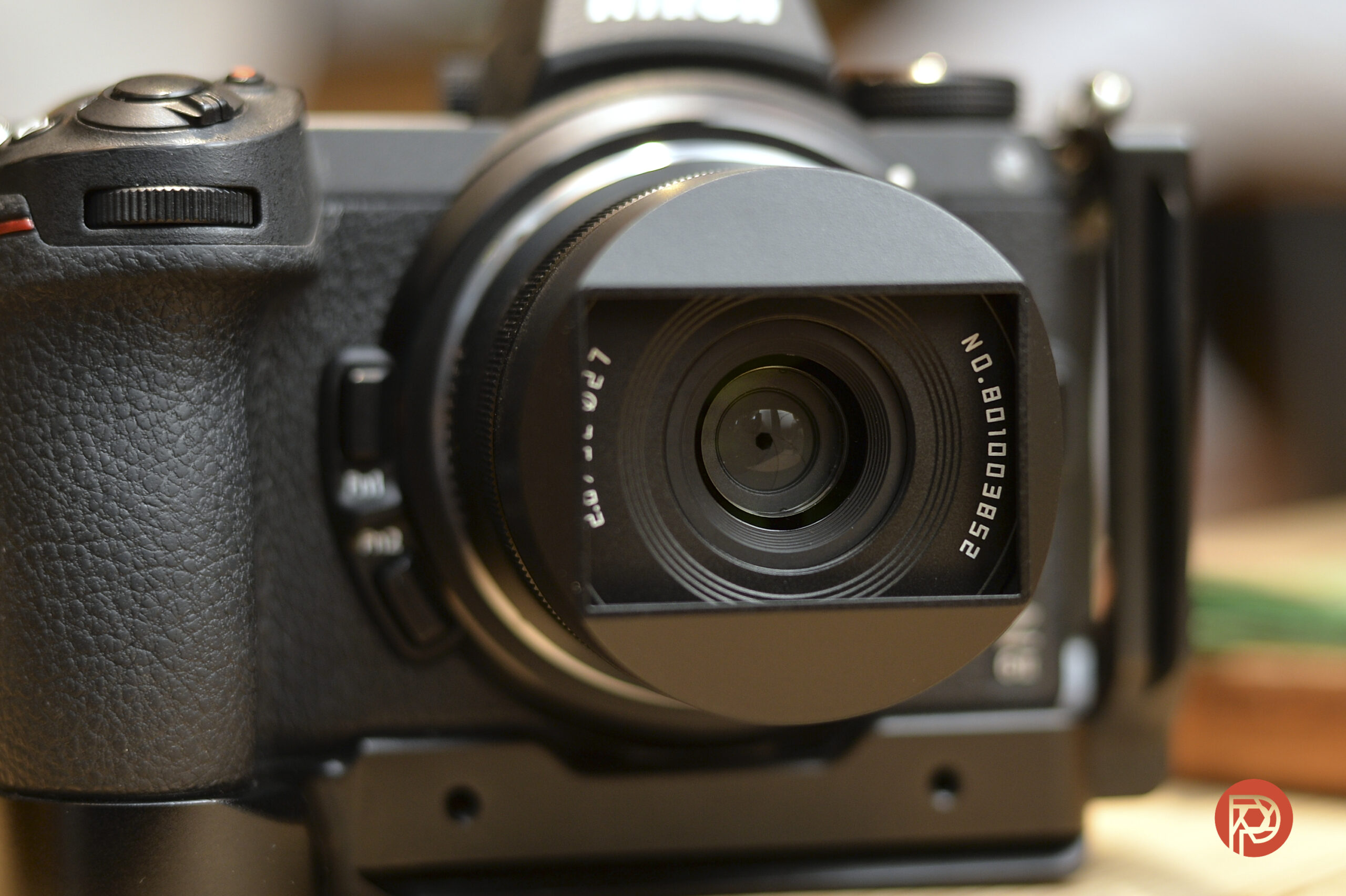I didn’t exactly fall in love with this lens when I first read about it. But, for me at least, it seemed like the ideal focal length for street photography. I don’t practice the genre enough to justify getting the Nikon’s Z mount 35mm f1.8 lens for my kit. It felt too obtrusive to be out on the streets with. Nikon’s 28mm f2.8 SE lens looked wonderfully retro but was a bit too wide of a focal length, offering the same field of view as my smartphone camera. The 40mm f2 lens wasn’t wide enough and was nearing the focal length of my existing 50mm f1.8 S lens. So when the TTArtisan launched its first autofocus lens in an unusual 32mm focal length offering, it caught my eye.
After putting it through its paces for many days, a part of me wishes that I hadn’t made the purchase. Yes, it’s a delightfully compact lens, maybe the smallest autofocus one I own. It can’t quite be called a pancake lens. That’s thanks to an irremovable lens hood, which is about as helpful as hairspray to a bald man (more on that later). At under USD $150, it is far cheaper than any of Nikon’s similar focal length offerings. So while I did ponder for a few weeks whether to buy it or not, I went ahead when the lens was on sale. Plus, the distributors offered an extra 5% off the price. But even at that discounted price, I haven’t received the kind of satisfaction I usually would get from a new lens. This displeasure began right from day one.
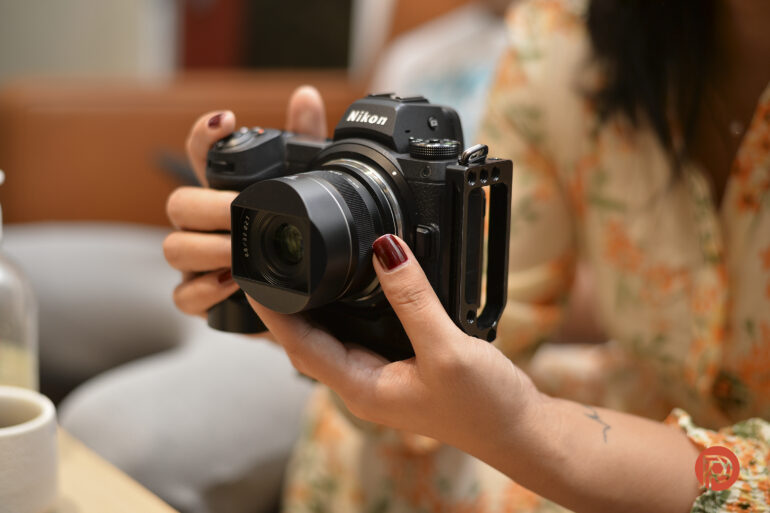
Table of Contents
The Big Picture
Right off the bat, the autofocus wasn’t locking on perfectly when testing the TTArtisan AF 32mm Z-mount lens on my Nikon Z6 II. It was noticeably slower to autofocus than any of my S-line Z mount lenses. This was understandable, given that it’s a 3rd party lens, a budget offering, if you can call it that. But it wasn’t the speed that irked me; it was the fact that the images weren’t sharp. Now before you blame this on the camera, while we can argue whether Nikon’s AF speed is up to the rest of the competition or not, there’s no denying that it’s accurate enough. At least when using its own branded lenses. As with all new lenses, I understood that maybe there was something I was doing wrong.
However, even after multiple days of testing and sending emails back and forth to TTArtisan, it’s pretty evident to me that something is wrong with the focus mechanism here. Whether that is an issue with just this copy or, in general, remains to be seen. But you get what you pay for with this one. And in this particular instance, that’s not a nice classification.
Pros
- Low price
- Tiny in size and lightweight
- Autofocus capabilities. TTArtisan’s first AF lens, at least for the Nikon Z-mount
- Wide f2.8 aperture
- Fun 32mm focal length. Sits between two often contested “typical street photography” focal lengths of 28mm and 35mm.
- There’s a micro-USB port for future firmware upgrades. Hopefully, one of those can fix the autofocus issues. I really hope they do.
Cons
- Autofocus accuracy is unpredictable. Many images tend to be soft and slightly out of focus from f2.8 to f5.6, even with stationary subjects, due to back focusing.
- AF speed is a little slower than the non S-line lenses of the Z-mount range.
- Manual focus is a lost cause. I wrote to TTArtisan about the discrepancy in what the focus peaking was showing as in-focus, and what actually was in focus in the image. The response I received was less than satisfactory.
- When you get frustrated with the unorthodox autofocus performance, the ridiculous lens hood becomes nothing more than a fidget toy. Why they wouldn’t make this a removable one is beyond my imagination.
- No possibility of putting a standard filter thanks to that irremovable lens hood. Unless you can somehow find a minuscule 27mm filter to screw in to the front.
At best, I can say that this lens is a good pairing with your camera when you want to get better images off the street than what your smartphone delivers. The bokeh here is real, unlike what your smartphone camera does. Stopped down past f6.3, the sharpness is impressive. It’s a lens that makes you slow down. But not in a good way. You’re not slowing down to experience what the lens has to offer. You’re being forced to do so in order to make sure that your focus is accurate. Don’t think you can just switch to manual focus and go into zone focusing mode with the TTArtisan AF 32mm. Focus peaking indicators are absolutely wrong when this lens is being used in manual focus on the camera. You can also forget about contrast when sunlight hits you at most angles.
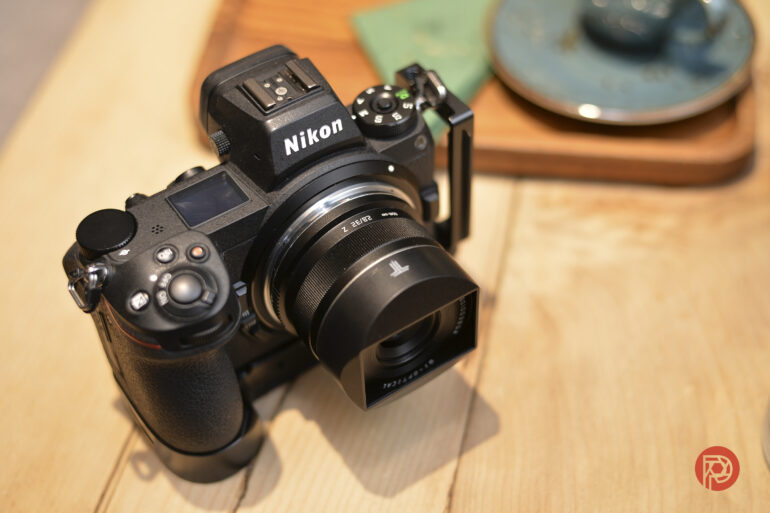

The number one sign that a lens has failed to impress me is when after a few days of using it, I think of alternative lenses to buy to replace it. And this happened to me after my final day of testing it yesterday. I’m still undecided over what lens to get instead of the TTArtisan AF 32mm lens. But I know that unless TTArtisan addresses the AF issues (and that atrocious manual focus logic), I probably won’t use this lens much more. Sharpness matters to me, and that’s directly tied to autofocus accuracy.
For its ability to provide decent images within a limited range of aperture, its low price point, and its quirky focal length, the TTArtisan AF 32mm begrudgingly gets three out of five stars from me.
Brave enough to still buy one? Check out the options available at Amazon.
Gear Used
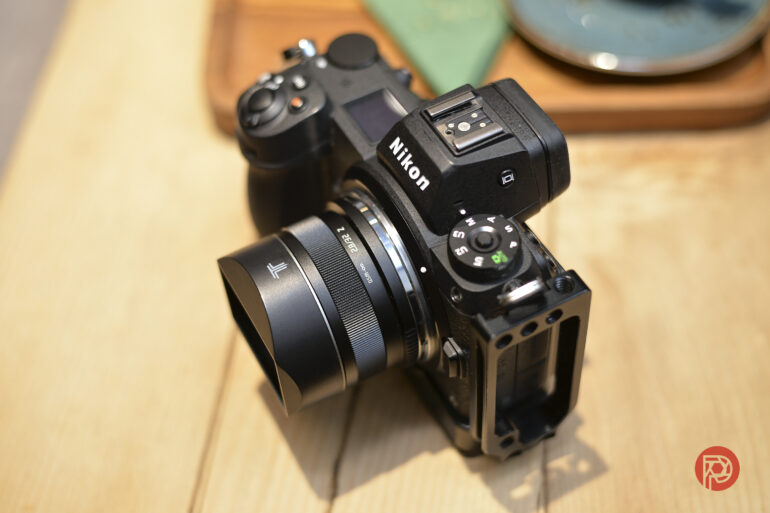
I tested the TTArtisan AF 32mm Z mount lens (which I purchased) on my Nikon Z6 II and a Nikon Z30 that was on loan from Nikon Middle East & Africa.
Innovations
It’s the first 32mm full-frame lens I’ve seen, at least for Nikon cameras. And it’s the first AF lens from TTArtisan.
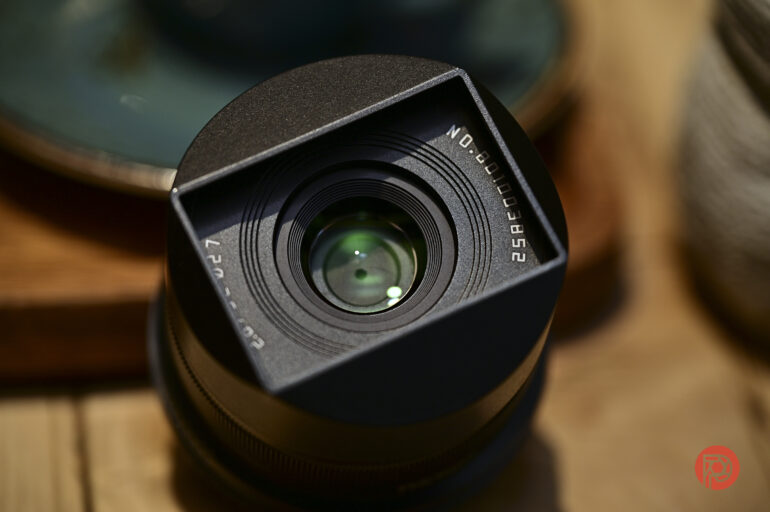
Want to know what’s not an innovation? That lens hood attached to the lens
Ergonomics

If you don’t put on that chunky lens cap, which looks like the built-in cups on some thermos flasks, you are left with a relatively small lens that can be easily stashed inside your camera bag or purse. It’s under 200g in weight (less than half a pound), so you won’t even feel the weight of the lens on your camera. It is also ideal for lightweight APS-C cameras like the Z30 or the Zfc.
This square hood, which you can tell by now that I hate, has no real practical effect on your images. I didn’t see any vignetting when it was protruding or retracting (most photos were taken in this position), nor did it seem to help with sun flare.
There are no buttons or switches on the TTArtisan AF 32mm lens. Nothing to switch between auto and manual focus. Just a manual focus ring. With the current V1.0.4 firmware, I recommend not using manual focus at all, unless you want to zoom in on the LCD before taking each image to ensure the subject is actually in focus. Because the focus peaking is all wrong when used with this lens.
Build Quality
No real complaints here. Even though the price puts this lens in the lower rung of mirrorless lenses in terms of affordability, the body is made of a metal exterior. The useless lens hood is metal too. It looks like the lens can take a few knocks, but it doesn’t feel like it can take a fall.
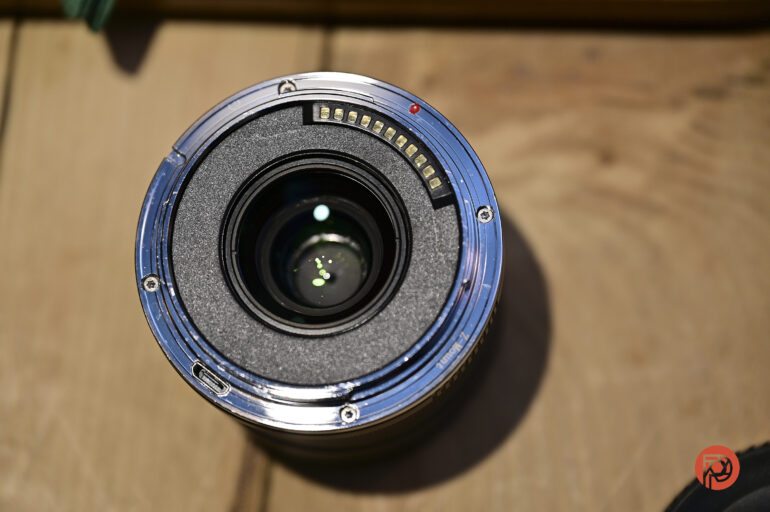
Surprisingly, the lens mount is made of metal too.
Focusing
Awful. Not just the autofocus but the manual focusing too. Let’s look at each of these in detail.
Autofocus
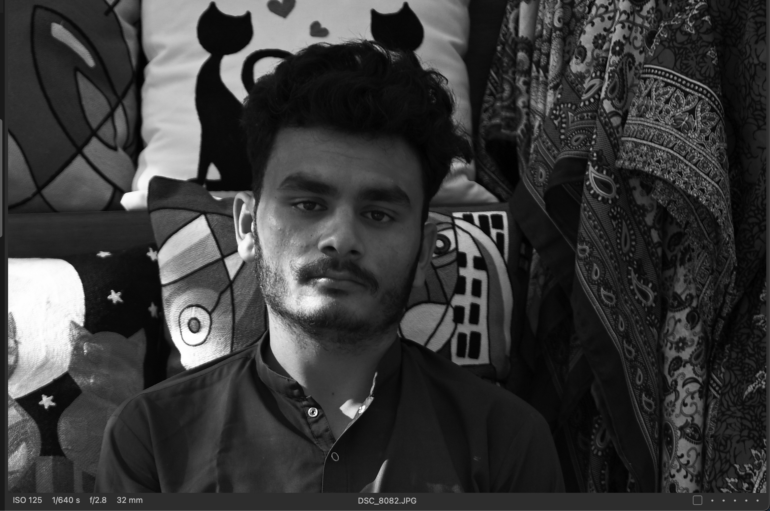
Eye-AF tracking worked while using the TTArtisan AF 32mm lens. But worked as in, the camera could recognize faces, and the tiny AF square could keep up with eye and face movements. However, the focusing accuracy wasn’t often reliable when under f5.6
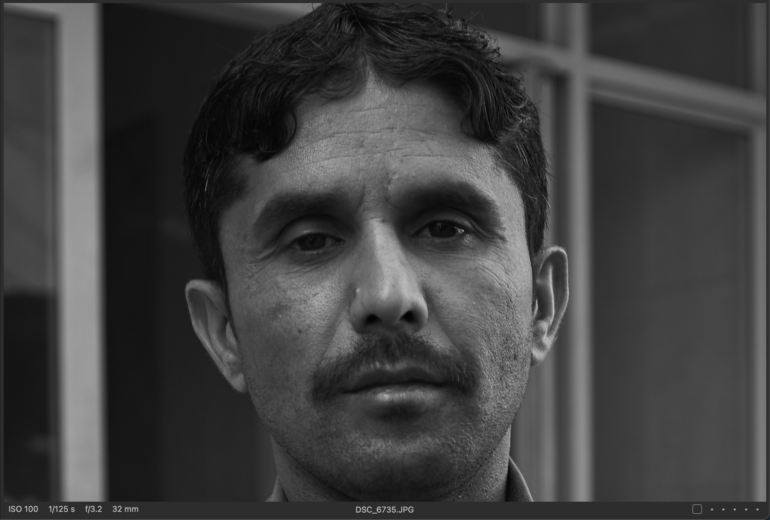
Often the focus missed the eye, even though the camera indicated that the Eye-AF was active. It wasn’t that the subject was moving; I faced back-focusing issues even with stationary subjects. The first few shots I took with this lens were of my son. One out of 4 was relatively sharp. After this set of photos, I knew right away that I was going to have issues with the AF on this lens. Maybe I was spoilt by the super quick focus of my 50mm f1.8S Z mount lens. It’s tough to get a soft image with that lens.
Portraits aside, even when shooting images of moving people and cars on the street, the pictures ended up with back-focused results. In some photos, you can tell right away. In others, it’s a bit more apparent when zooming in. And the only way to really combat it was to stop down the aperture to f6.3 or so. But if the lens has an f2.8 aperture, I want to shoot wide open sometimes. Something I was unable to consistently do because of the focusing inaccuracy.
It’s Not 100%. Not even 80, I feel
Frustrating, to say the least. I learned quickly that I couldn’t rely on just one shot when framing something. I would take two to three in a handful of seconds and keep the one that was most in focus. This concern was magnified (not literally) when I found that even while using the viewfinder, the LCD didn’t seem as sharp as usual. Adjusting the diopter didn’t help with this either.
Maybe it’s a one-off issue with my copy of the lens. Perhaps it’s a batch issue. But seeing how TTArtisan dismissed my focus concerns, I’m probably not going to bother to investigate further. When the lens gets it right, the images are pretty good. But in 2023, autofocus should really be something that lens manufacturers shouldn’t have consumers guessing about.
Manual Focus
To try and give this lens a chance to redeem itself, I switched it to manual focus one day. This ended up being a bad idea. TTArtisan made this lens especially for Z-mount cameras, but it seems like they’ve heavily prioritized autofocus over manual focus. And this was evident in the response I received from TTArtisan’s after-sales department when I contacted them to discuss the issue.
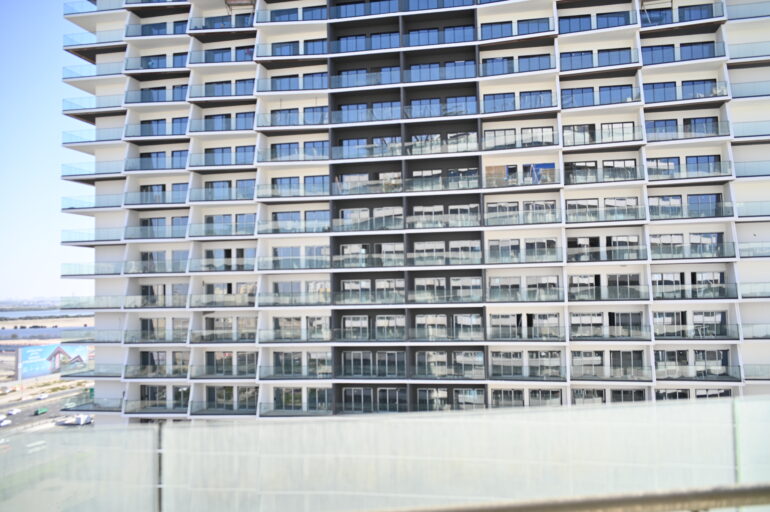
I wrote to them that the manual focus indicators on Nikon bodies while using the TTArtisan AF 32mm lens weren’t accurate. The distance scale on my Z6 II LCD, coupled with the focus peaking I had set, showed that my subject was in focus. This clearly wasn’t the case, as the resulting images showed. When subjects at the closest focusing distance began to be in focus, the distance scale was about a quarter of the way in. Subjects at infinity were tack sharp when the scale was at about 2/3rds. And everything was soft when I rotated the manual focus ring, and the distance scale was at the infinity point.
Clearly, the focus info communication between the lens and the camera wasn’t correct. If this was the case with manual focus, it’s possible there was miscommunication at times too, during autofocusing. Below is what TTArtisan’s explanation was to my email.
This lens is specially designed for Z-mount automatic, when you use manual focus, there will be a slight margin in the infinity distance scale.
TTArtisan After-sales customer service
How Hard Is It To Get Focus Communication Right?
Except that the margin wasn’t slight. In scenarios where autofocus isn’t accurate, switching to manual focus is second nature. To make this easier, cameras have focus peaking, which is usually excellent in mirrorless cameras. If a lens manufacturer doesn’t utilize this to their advantage, that’s a massive letdown for their customers and a step backward for their development team, in my opinion. Manual focus is only worth using on the TTArtisan AF 32mm lens if you have the time and patience to zoom in and visually check (at 100%) if subjects are in focus. That is laborious work when you’re out on the streets. And zone focusing is going to take a lot longer this way.
I never doubt the focus accuracy when using native Nikon-branded Z-mount lenses. I know I’ve nailed a shot when I take it. On the 32mm, subjects at infinity are sharp when my distance scale indicator is around 4/5ths across the scale. That’s not accurate at all.
Ease of Use
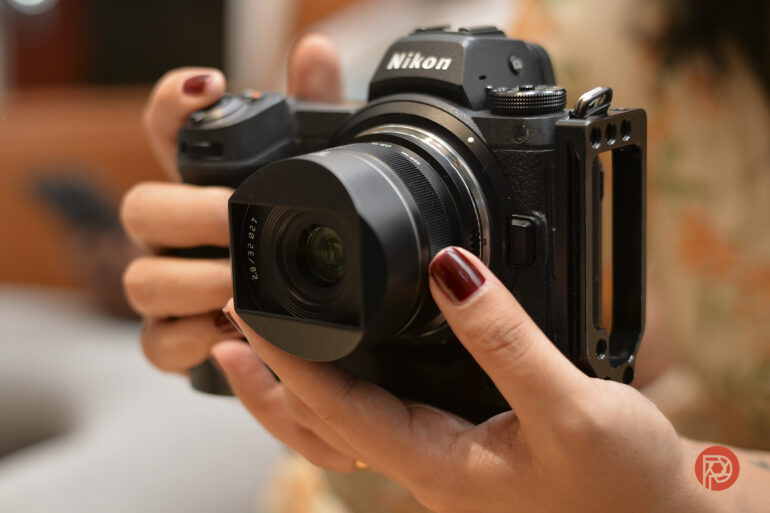
If you’ve got small hands like I do, it’s easy to grip this lens. Not that you have to often, but if you’re used to keeping a hand under your lenses for support.
Just try to stop fidgeting with the hood if possible.
No stabilization was built into the lens, but the Z6 II still allowed the in-body stabilization to remain on when the TTArtisan AF 32mm was attached.
Image Quality
No real complaints when the lens gets the focus right. Sharpness is more than acceptable in such situations and is best after f5.6. I did enjoy some results that this lens provided, even at f2.8, but those came after many trials and retrials.
Bokeh

The closest focusing distance is about 50cm/19.7in, so don’t expect backgrounds to be super soft even at f2.8. Bokeh points are nice and round.
Color Rendition

I shot a lot more with black and white than in color while using the TTArtisan AF 32mm. On the whole though, colors were accurate when in shot in the SD standard color profile on the Nikon cameras. There is purple fringing at f2.8, less visible after f4.
Lens Character
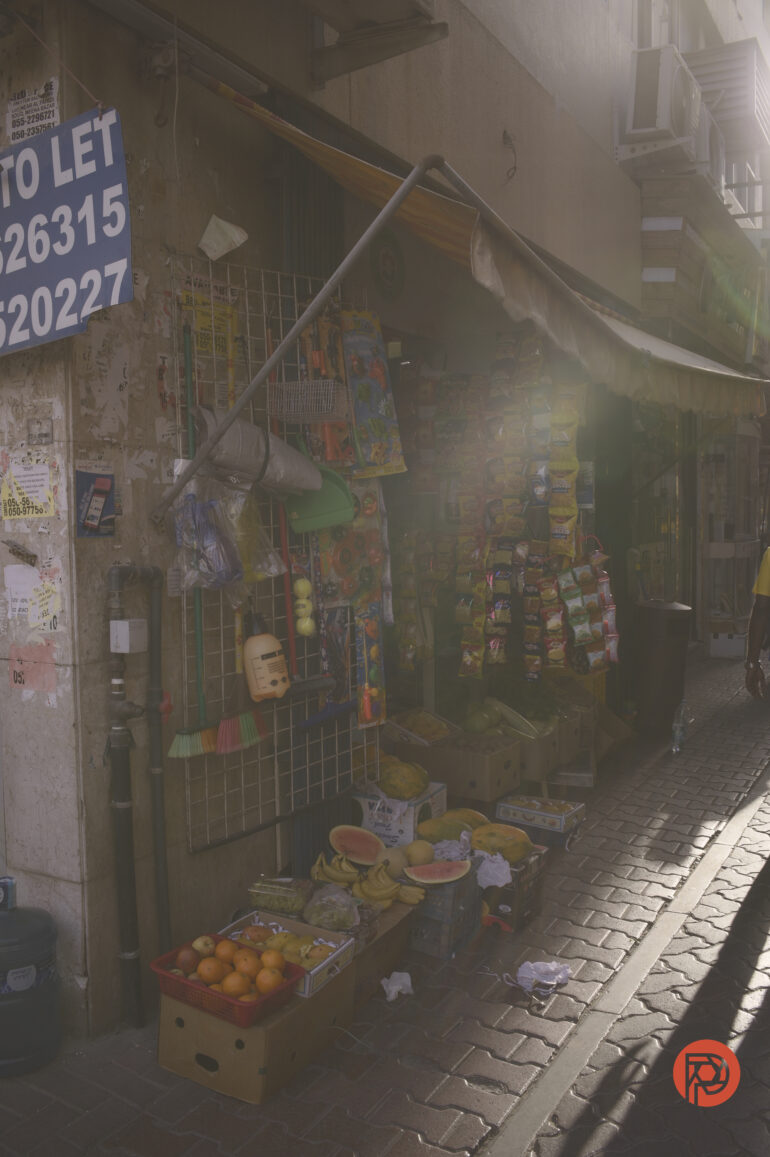
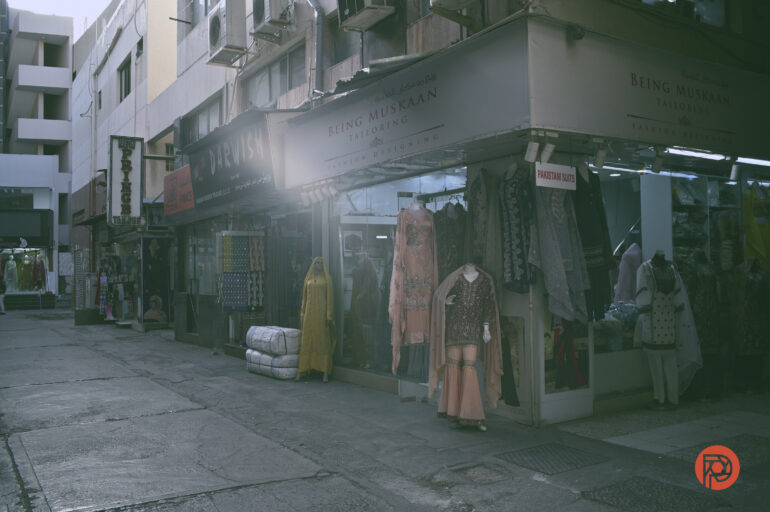
Awful lack of contrast when shooting into the sun. The colors seem very washed out in such instances. A lot of flare too. Avoid if possible.
Sharpness
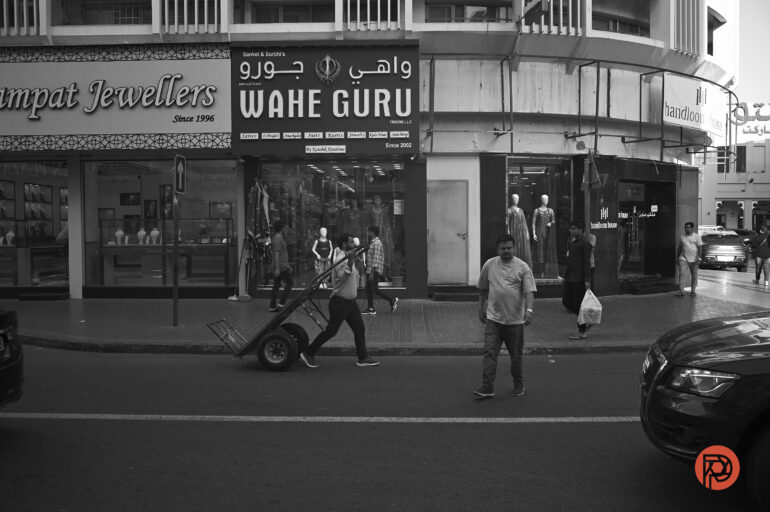
Images aren’t anywhere as sharp as what you might see from those taken with a Nikon Z 50mm 1.8S, for example. But they aren’t terribly bad either if you exercise great patience with this lens.
Extra Image Samples
From day one, The Phoblographer has been huge on transparency with our audience. Nothing from this review is sponsored. Further, lots of folks will post reviews and show lots of editing in the photos. The problem then becomes that anyone and everyone can do the same thing. They’re not showing what the lens can do. So we have a section in our Extra Image Samples area to show edited and unedited photos. From this, you can make a decision for yourself.
Unedited
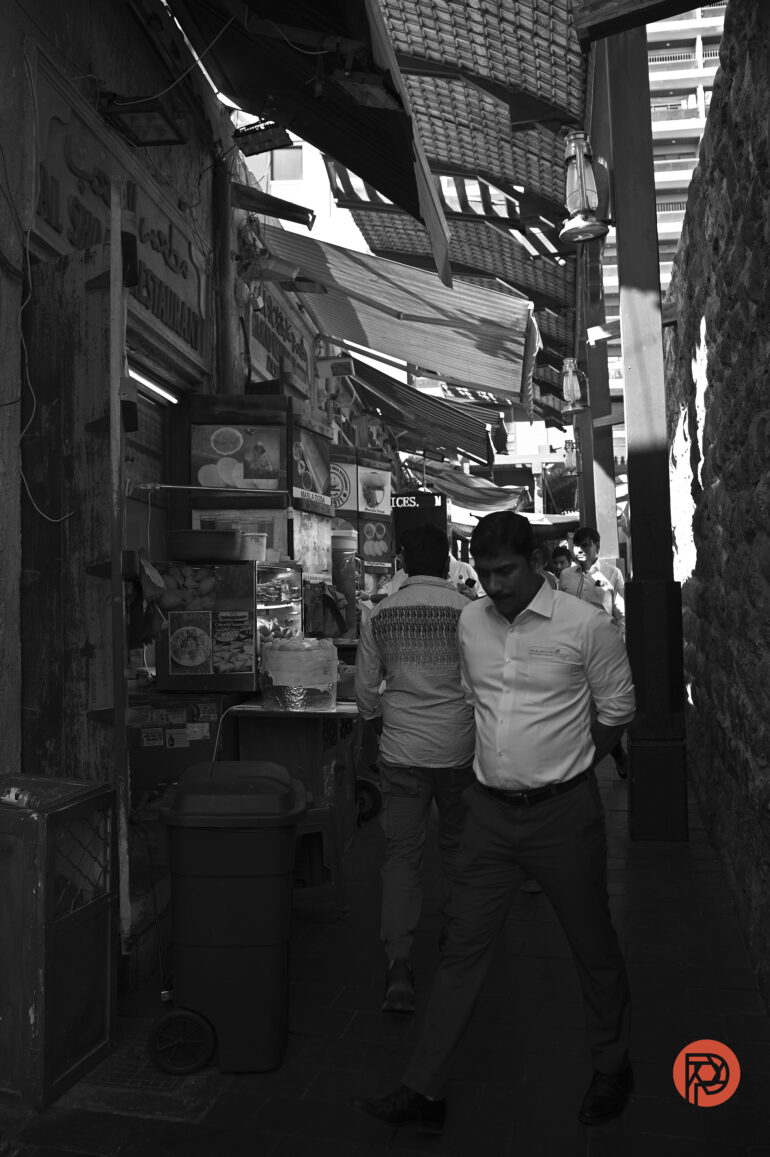
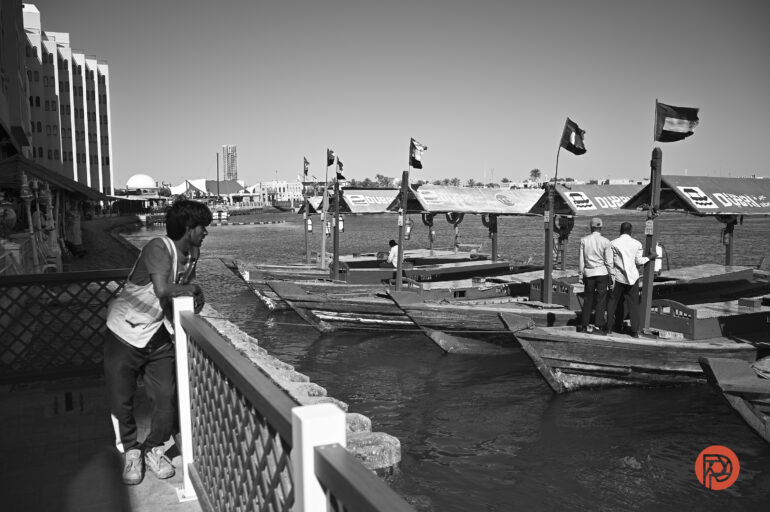
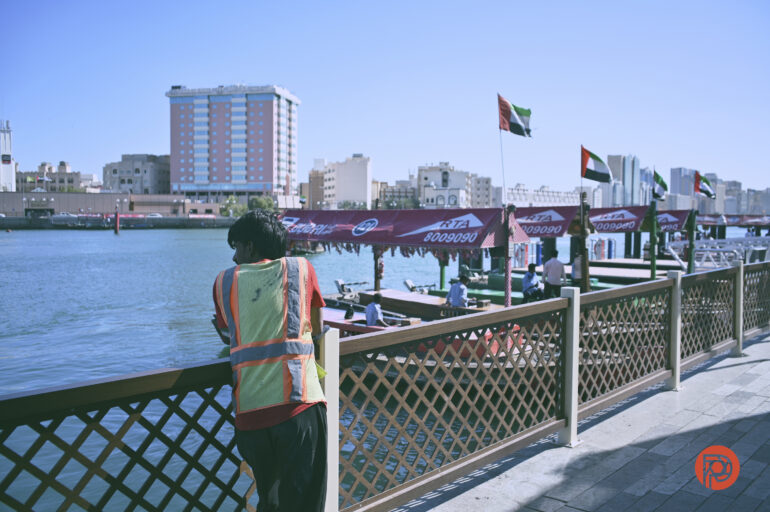
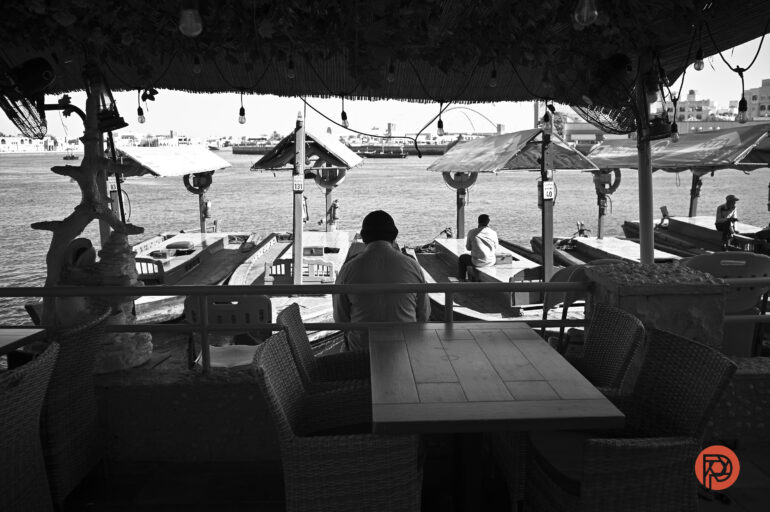
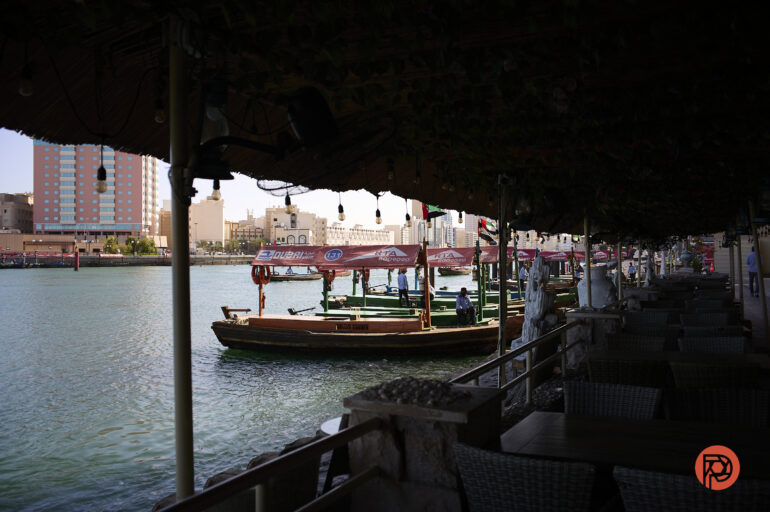



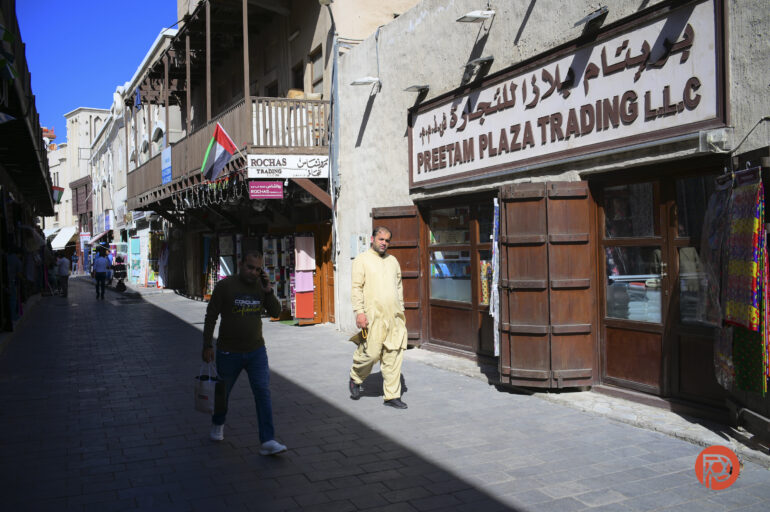
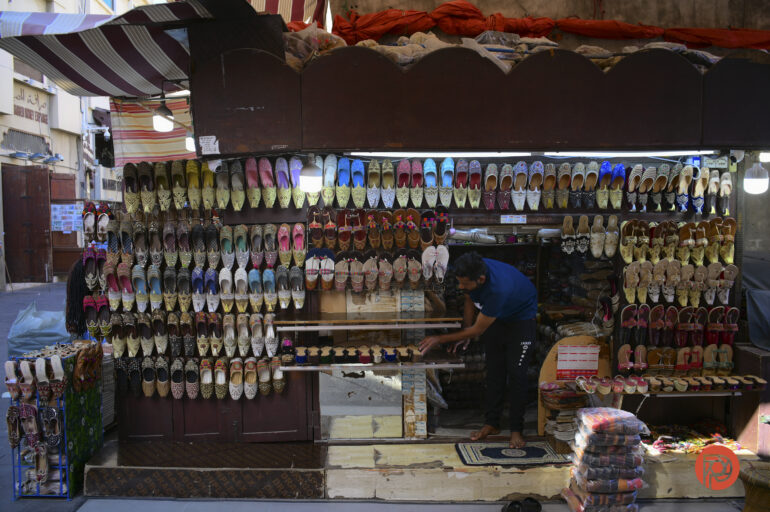


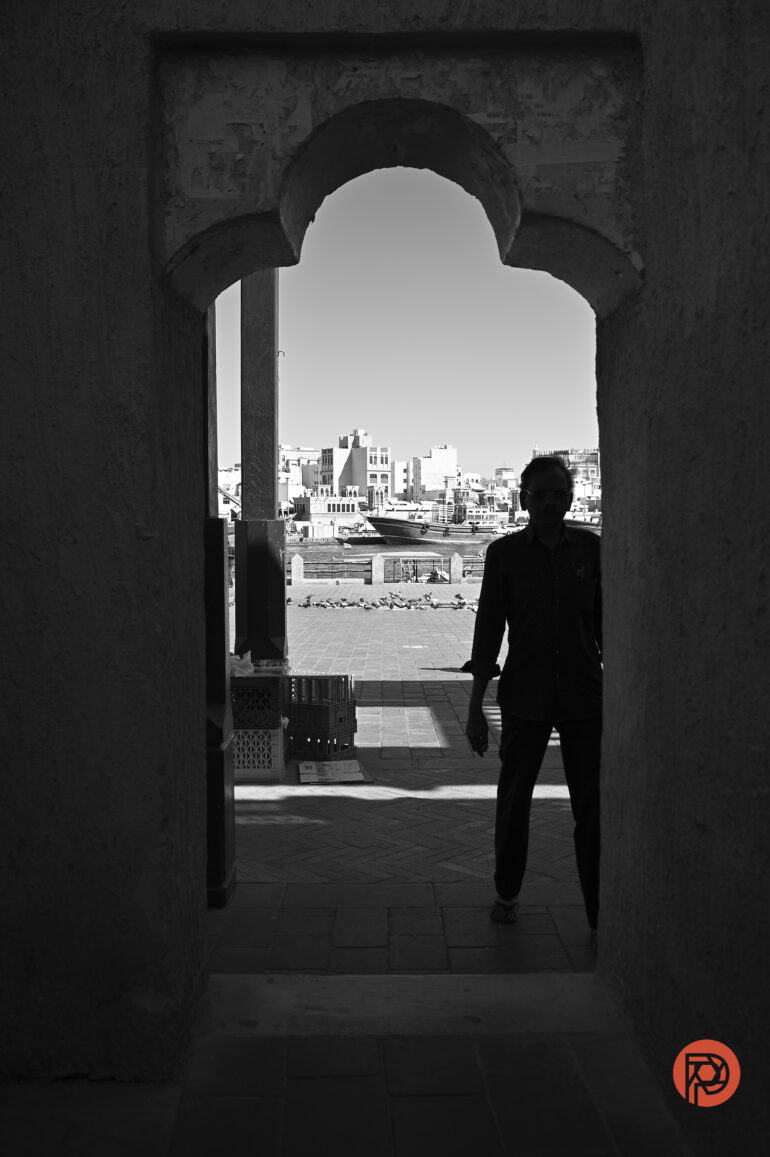
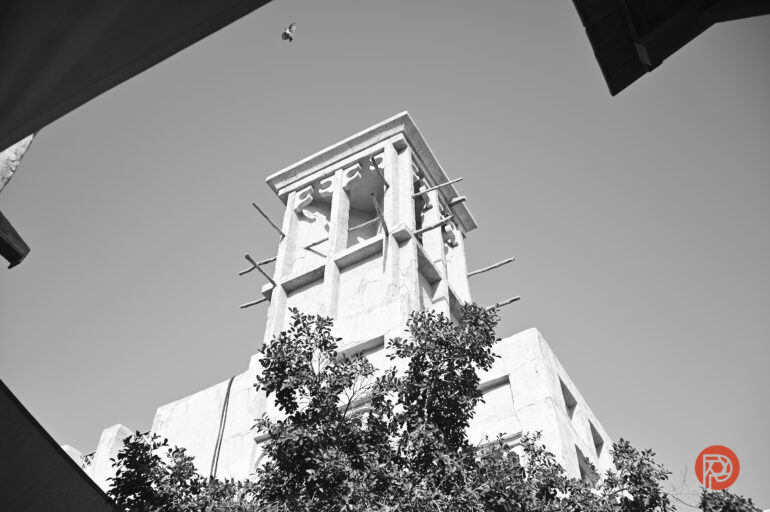
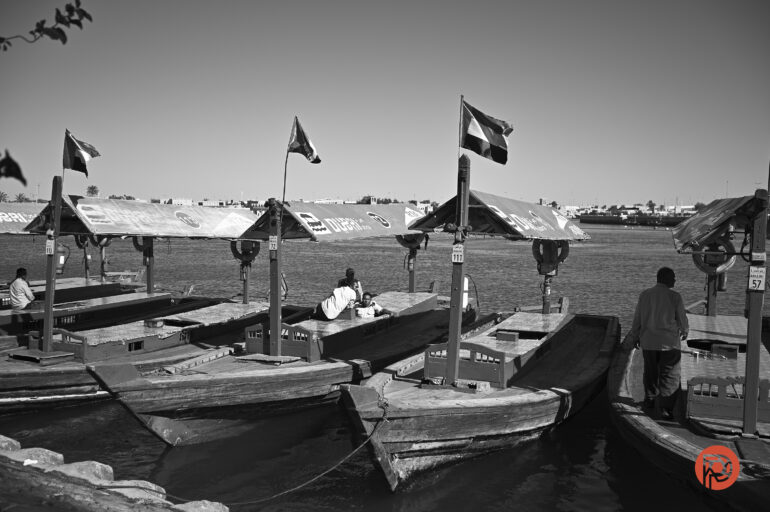
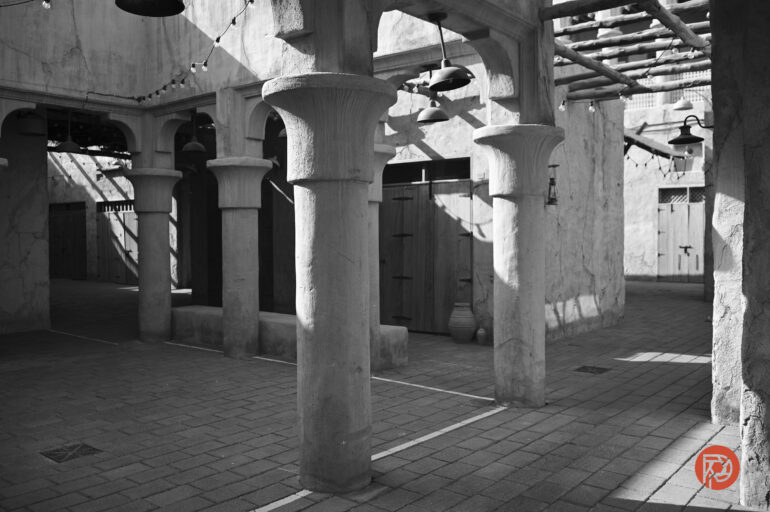
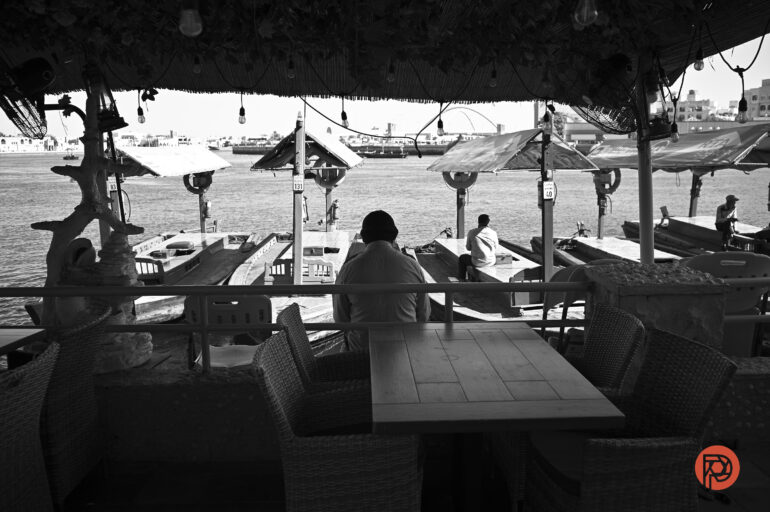
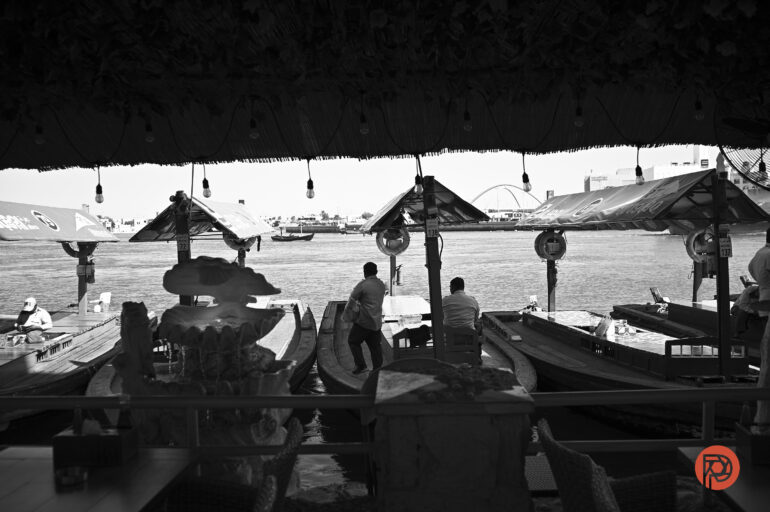
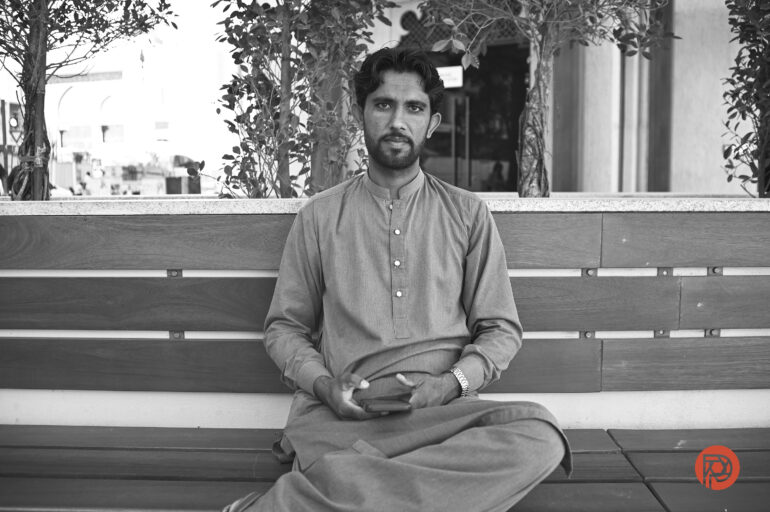

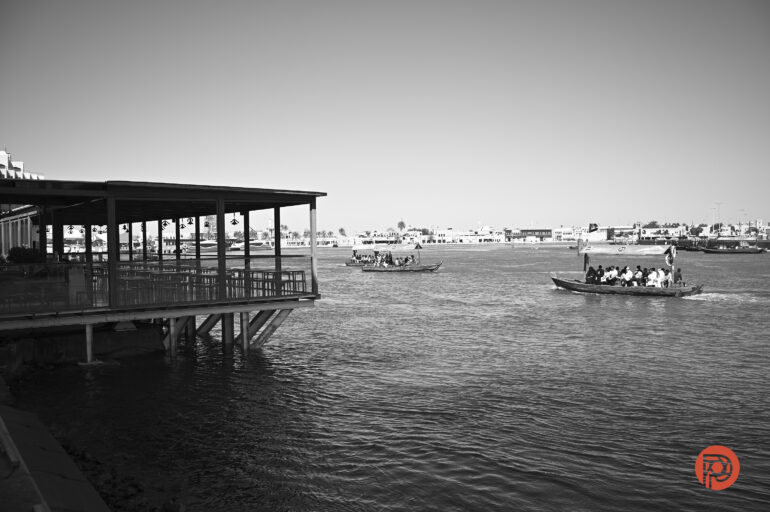
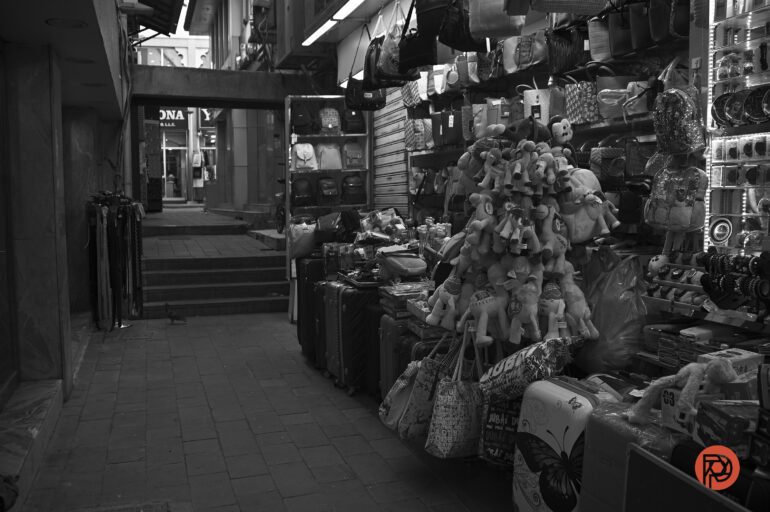
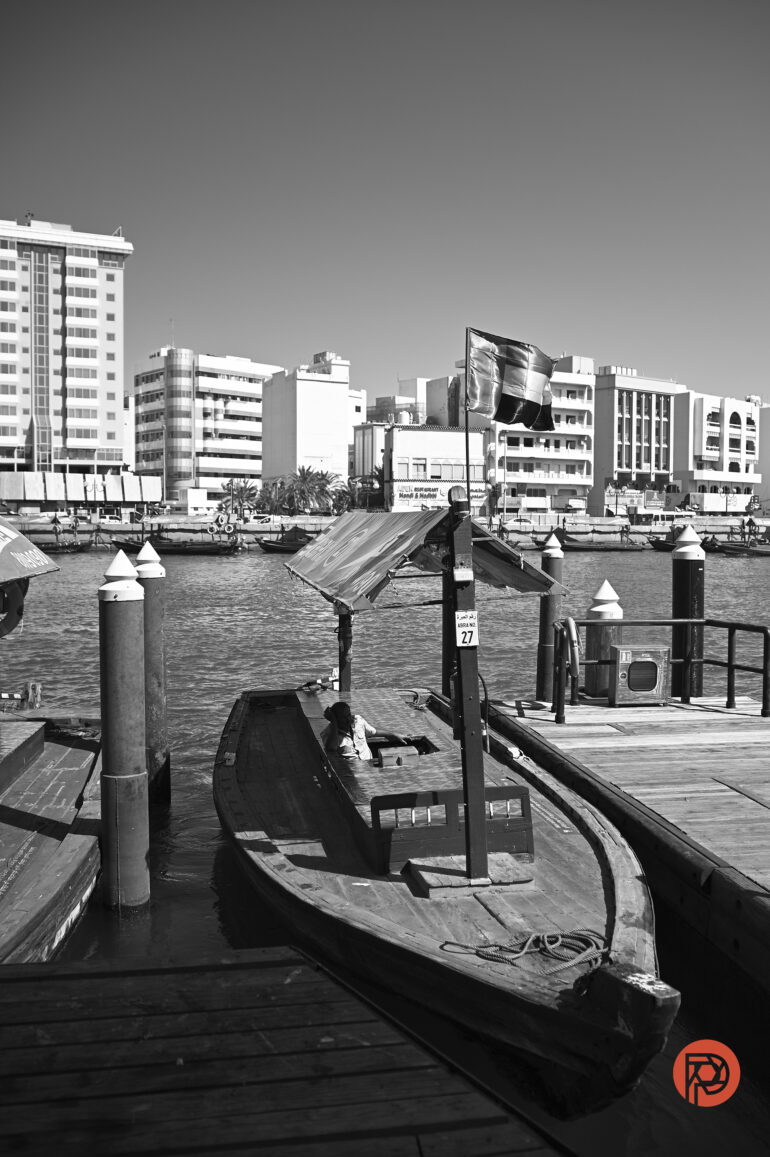
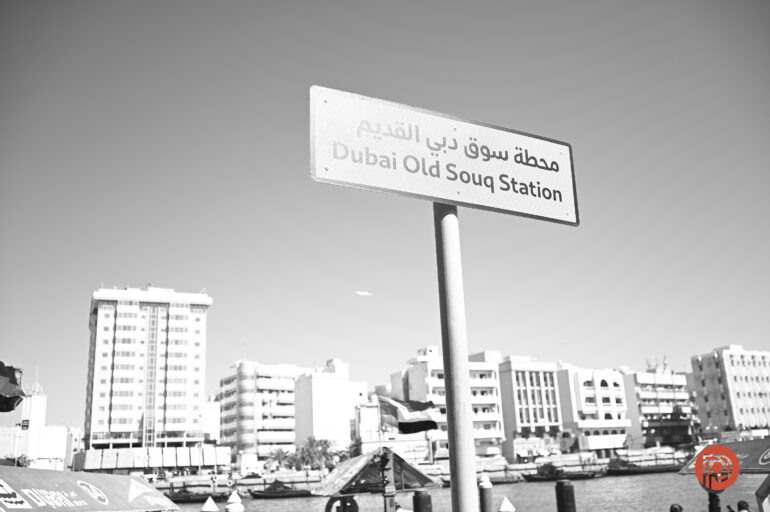

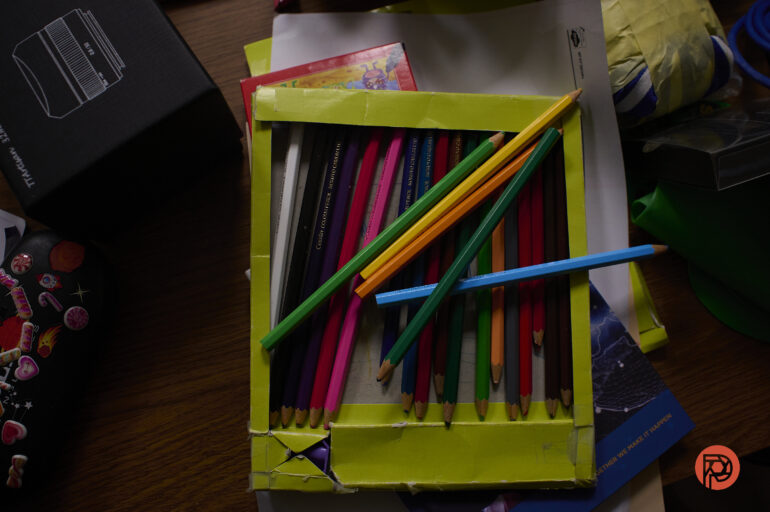

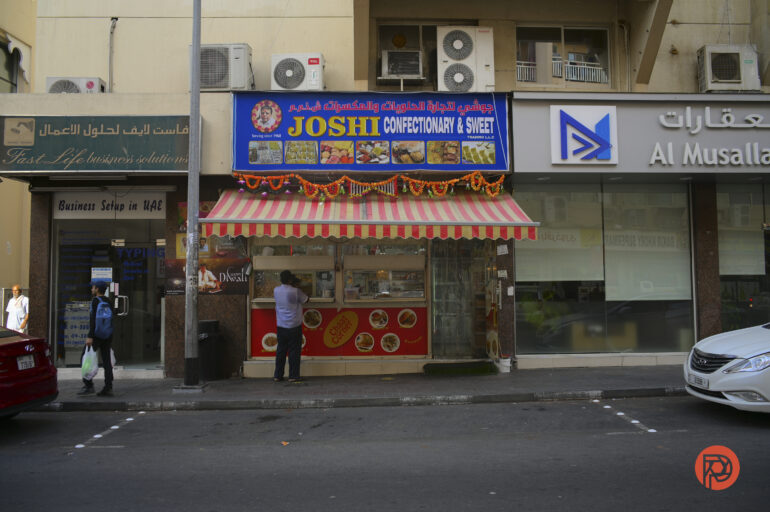

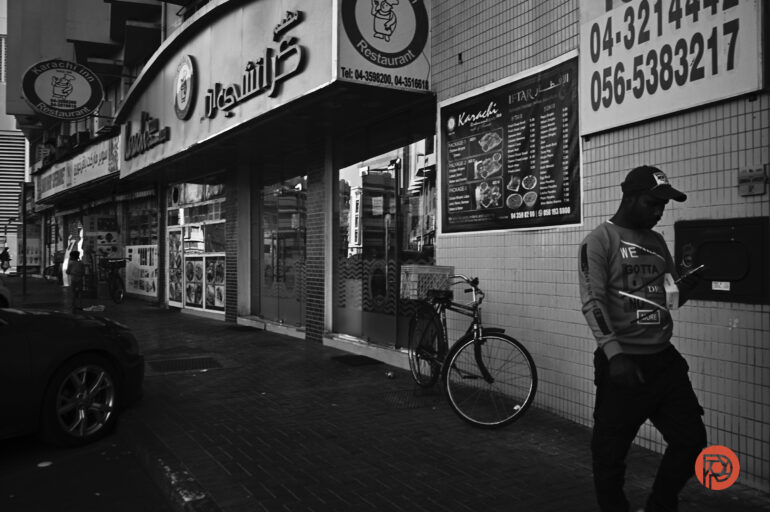

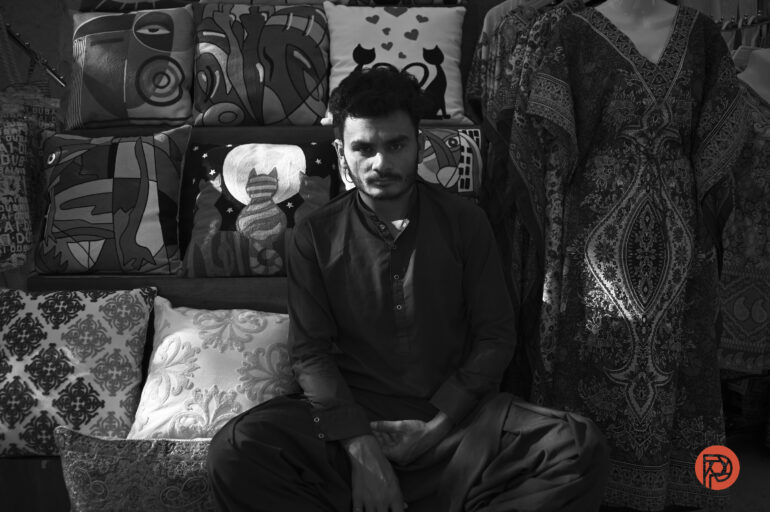

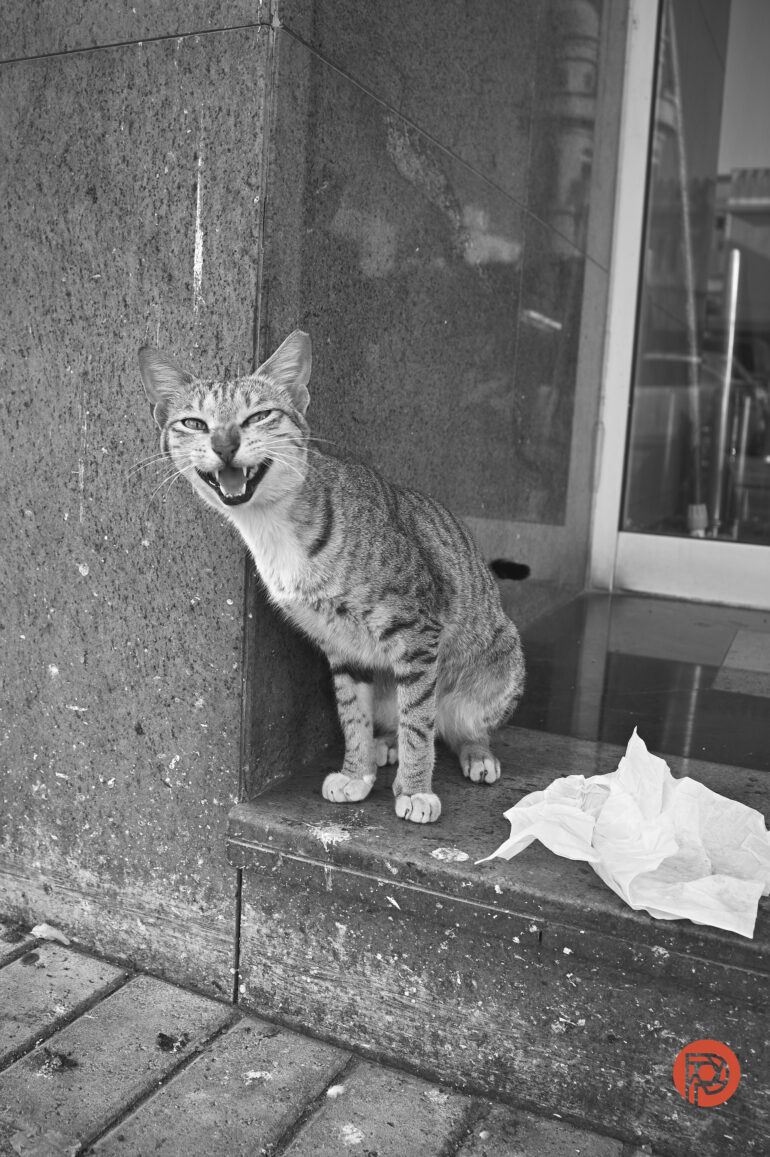
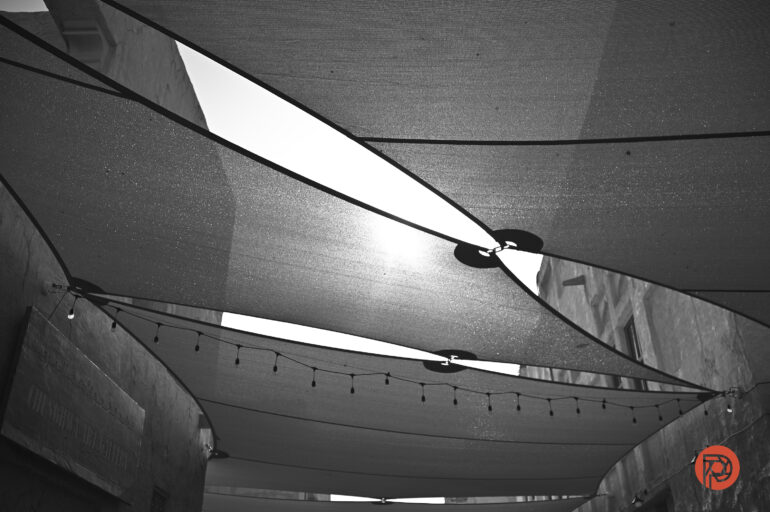
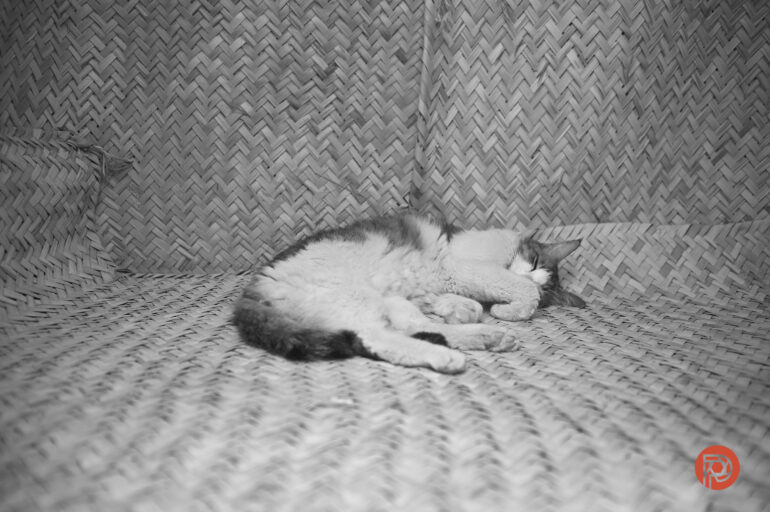

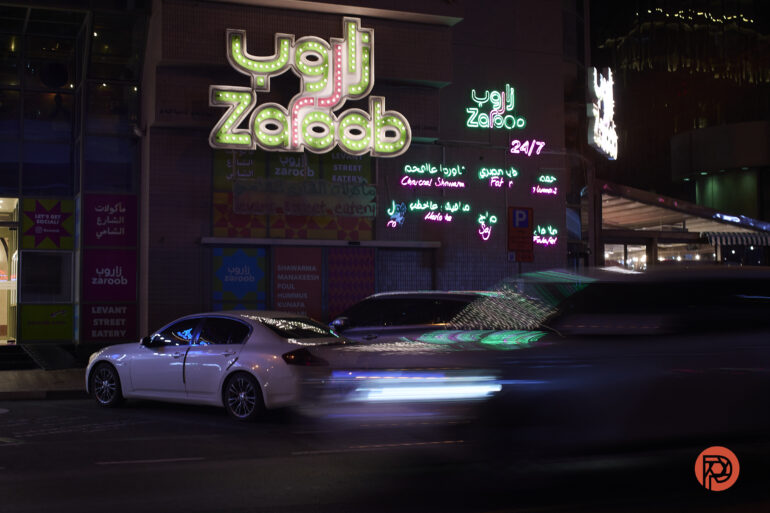


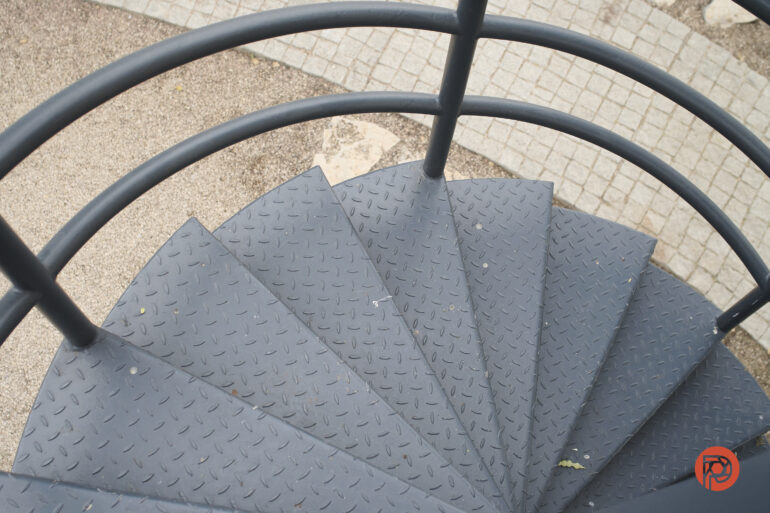
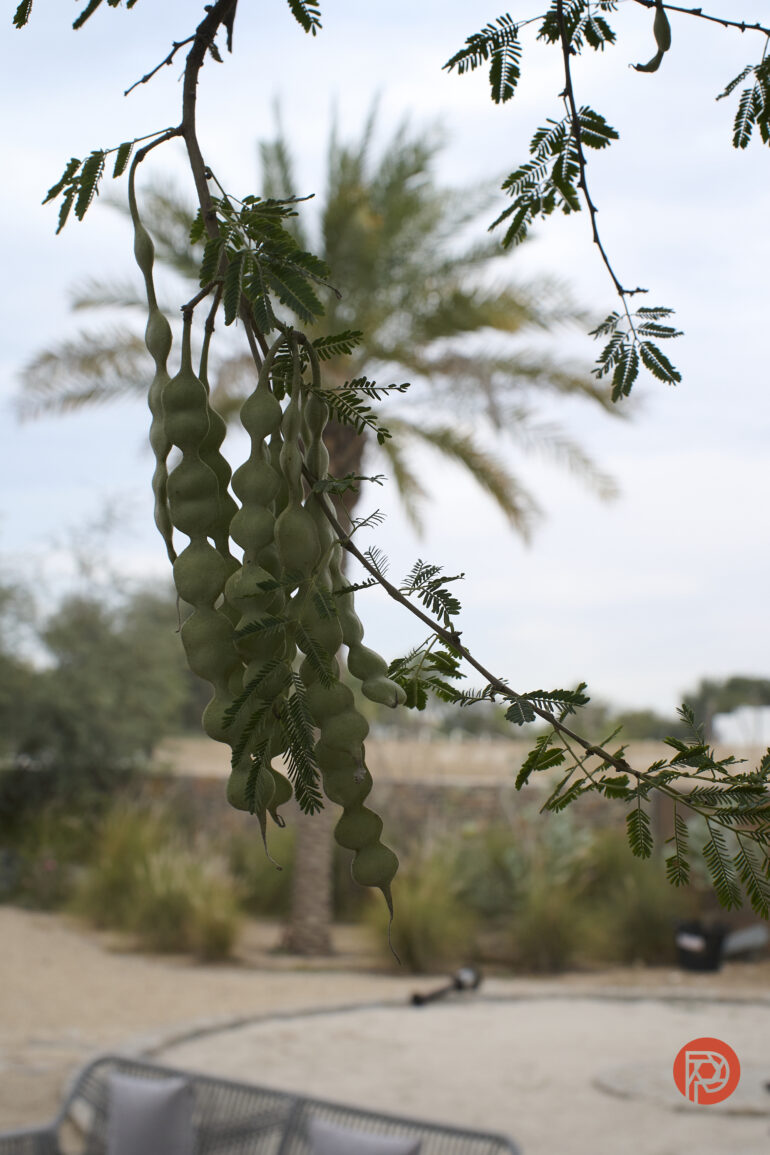



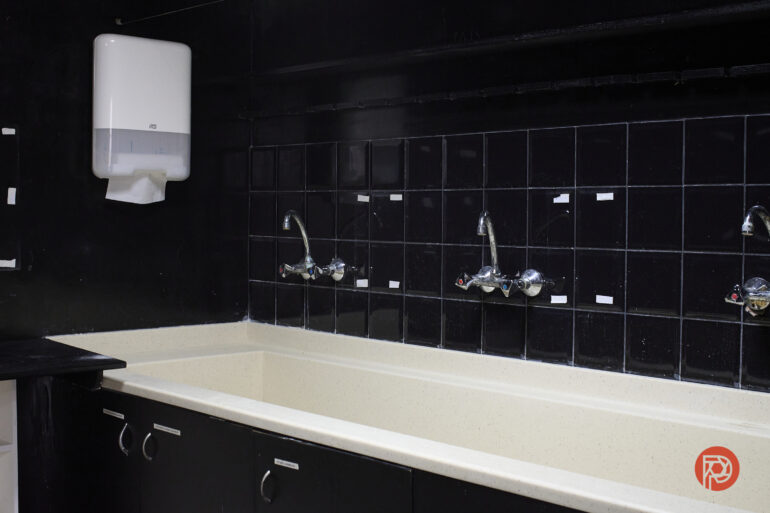
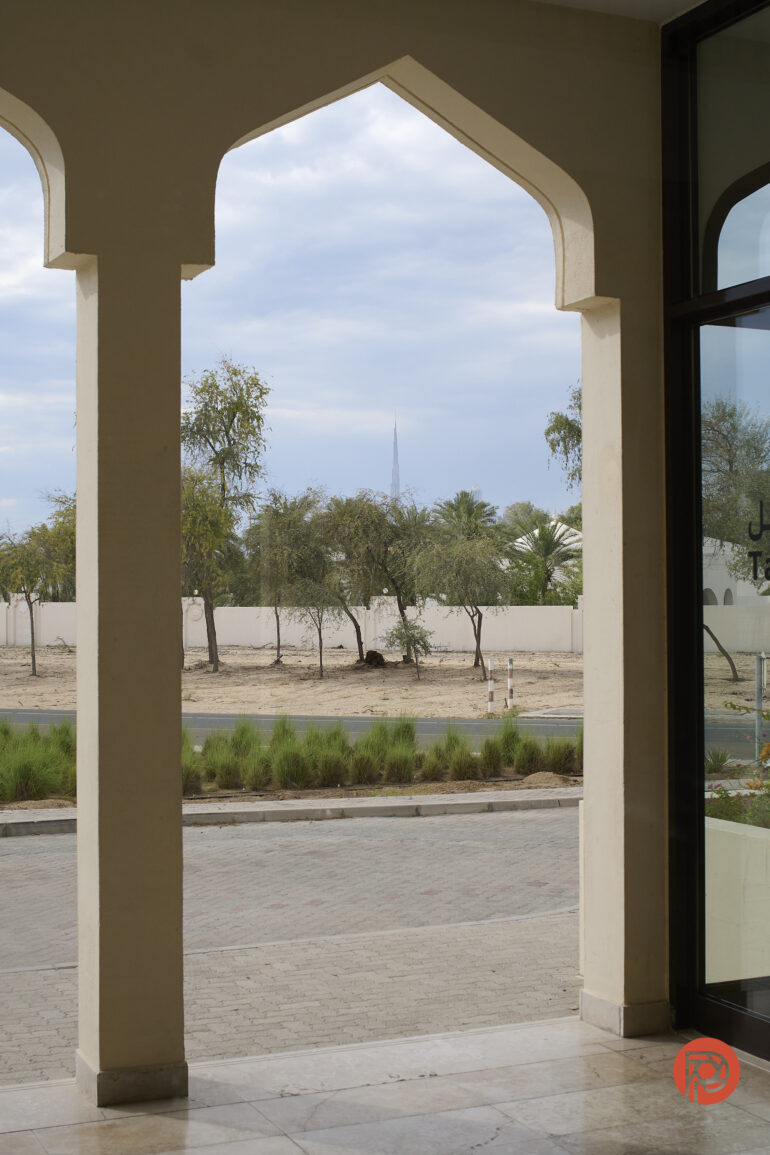
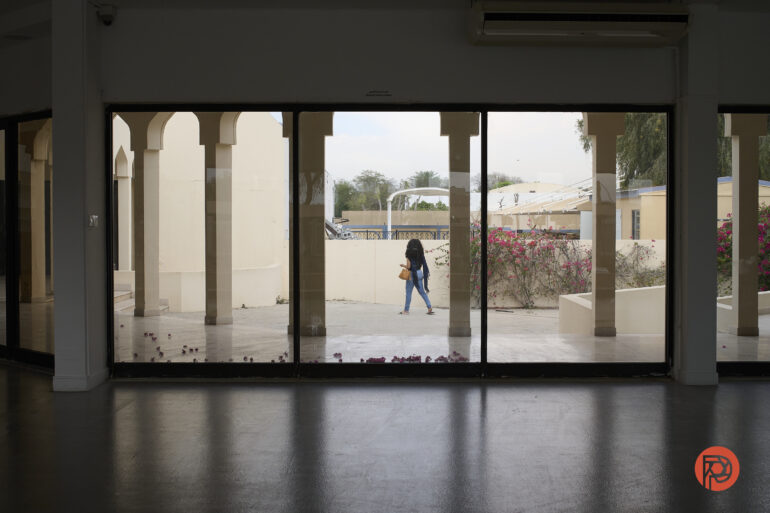

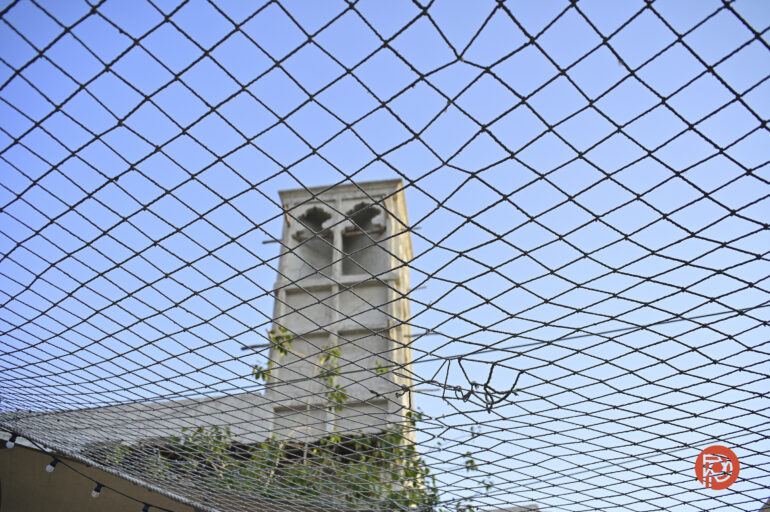
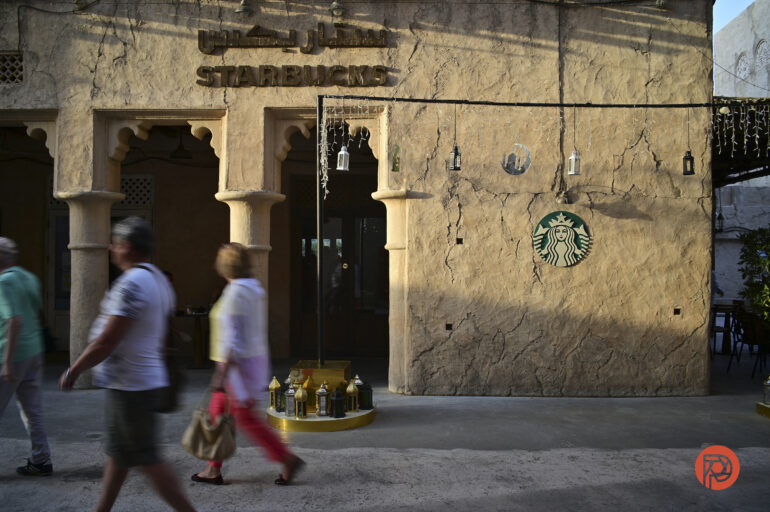


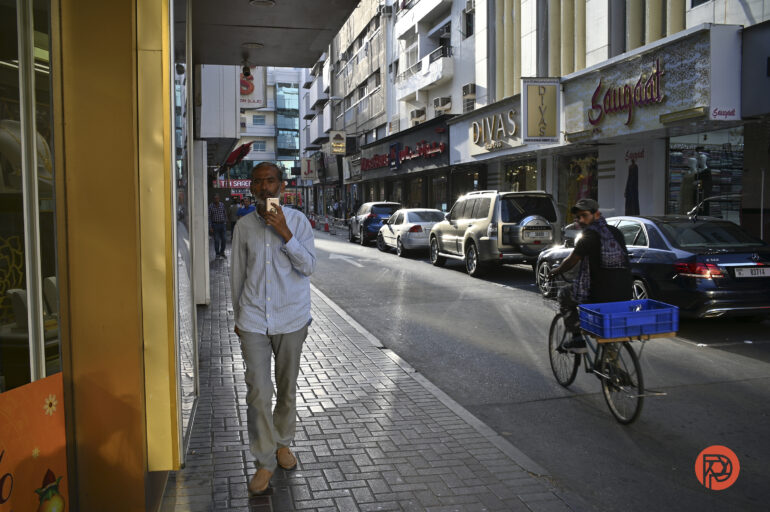
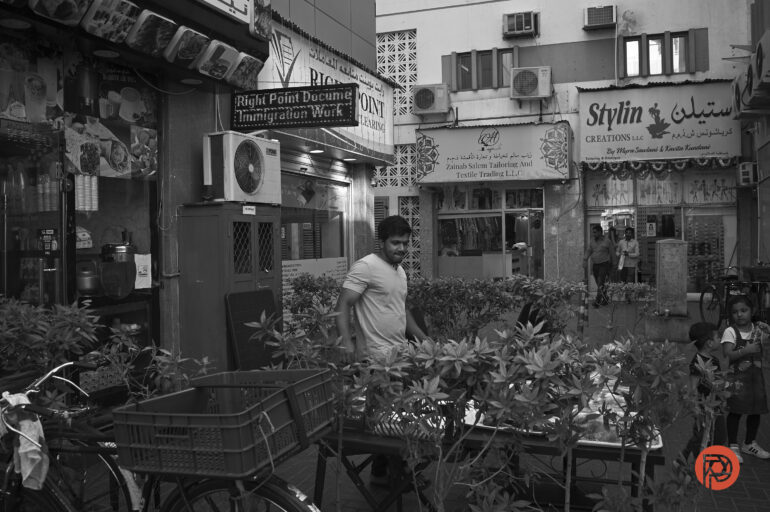
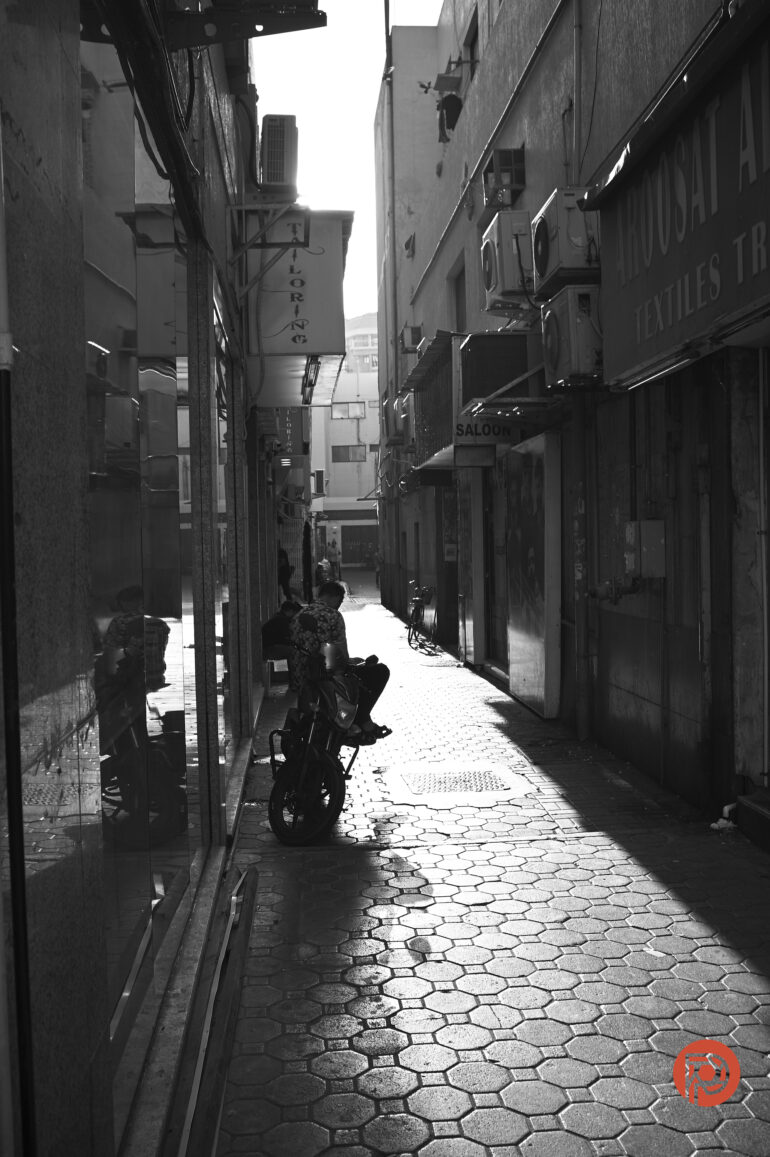
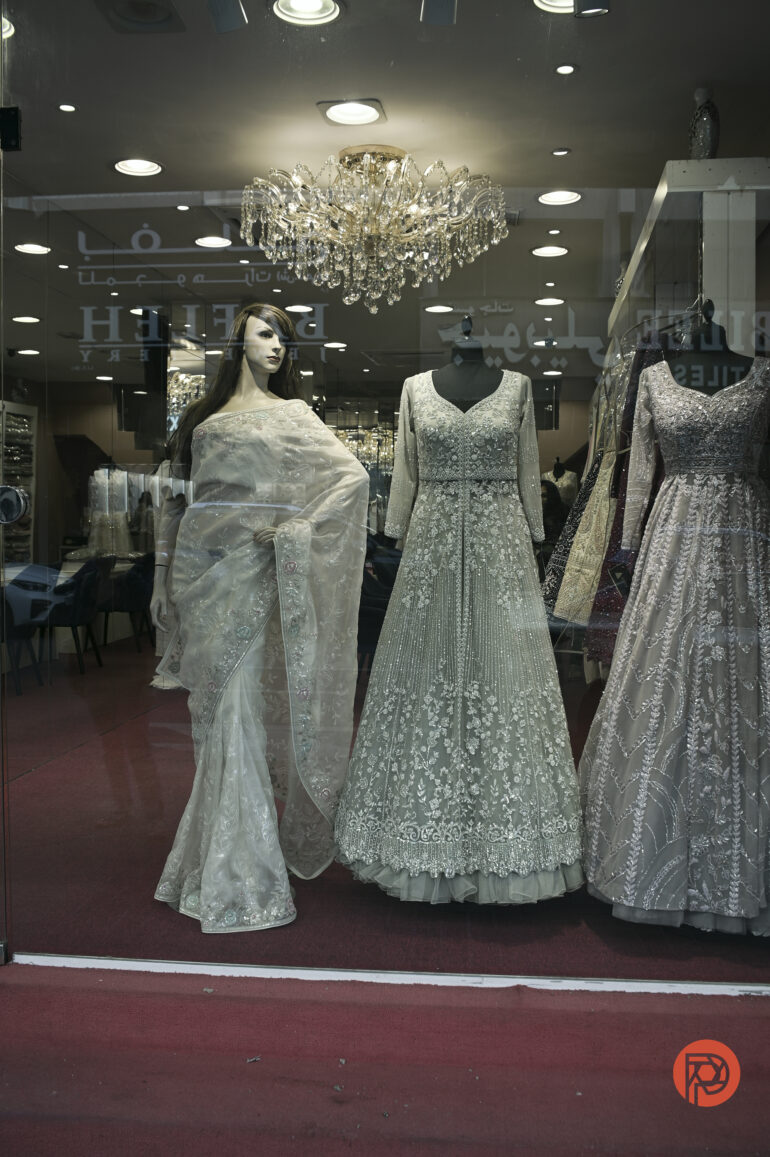
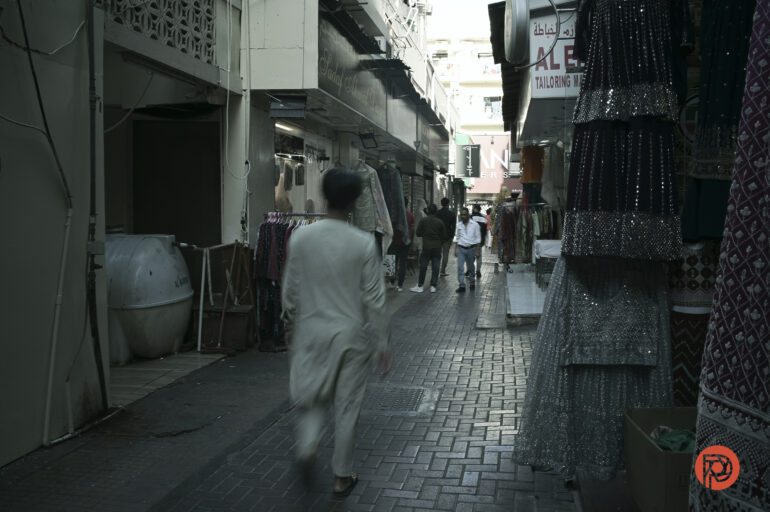

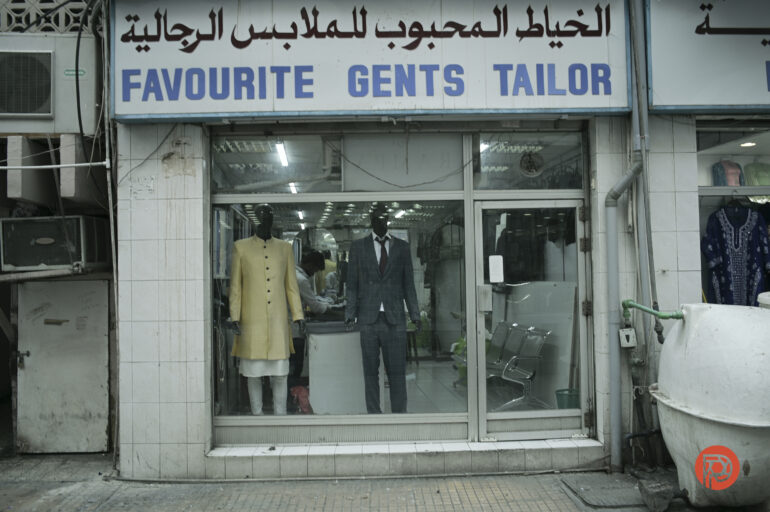
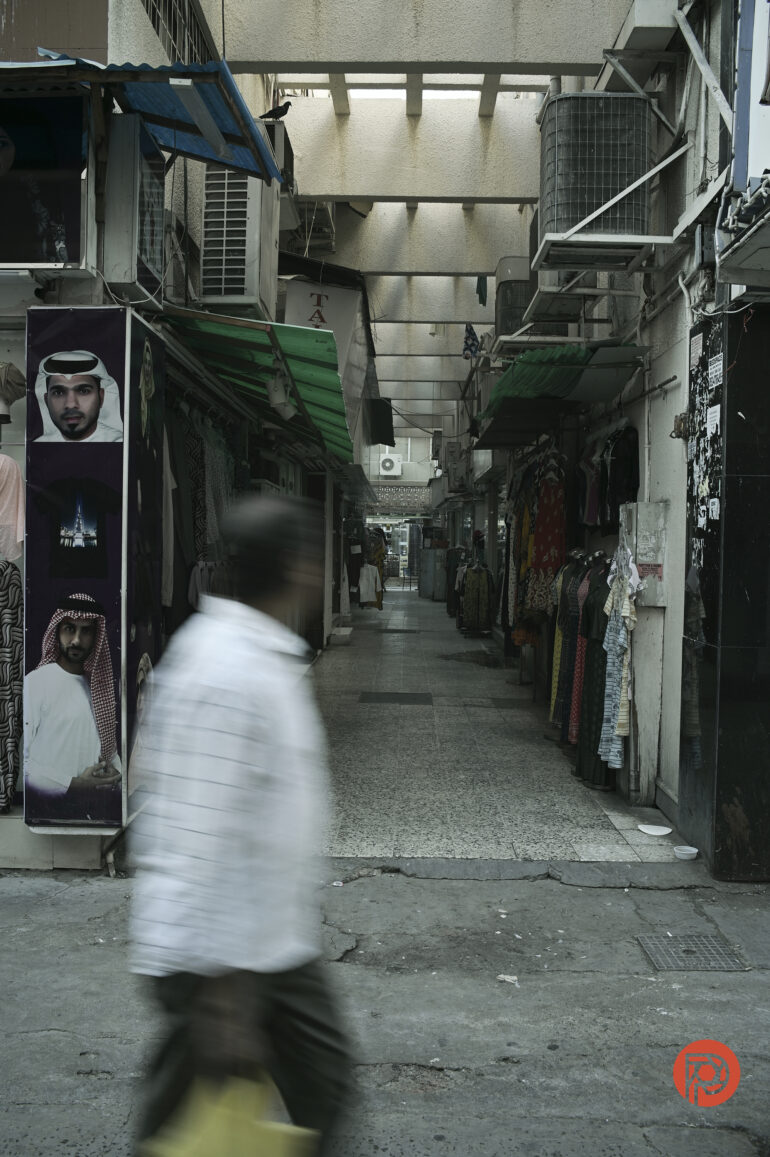
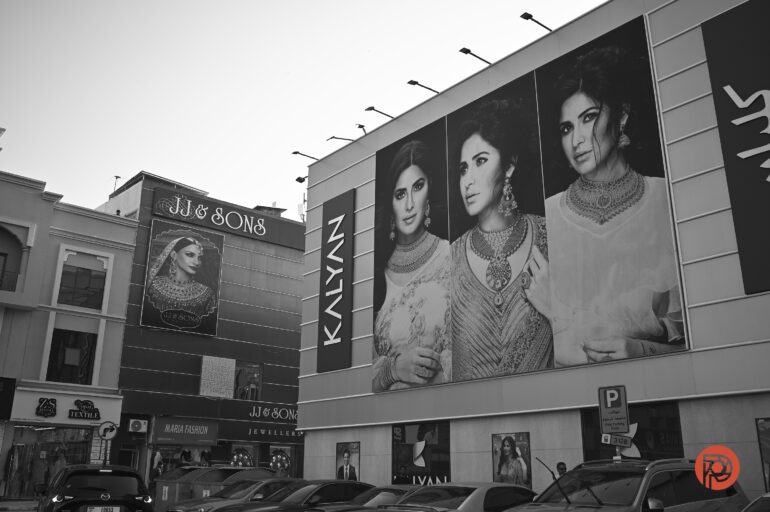
Who Should Buy It?
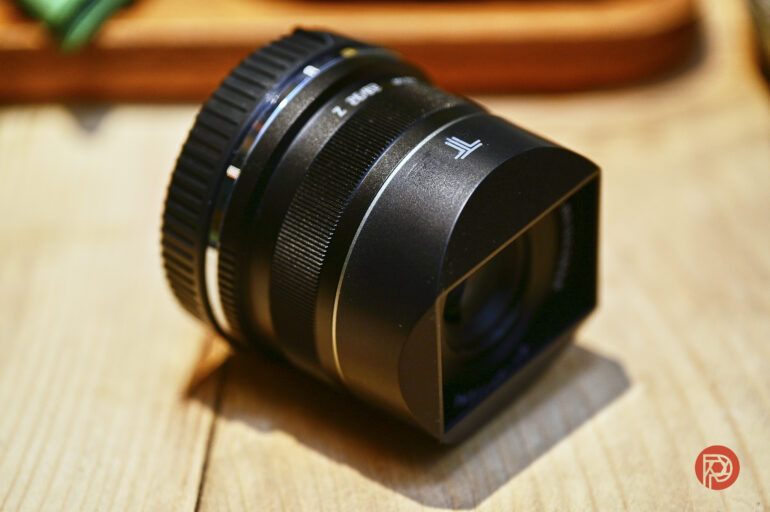
If you want a cheap AF lens for your Nikon Z full-frame or APS-C body, you could consider the TTArtisan AF 32mm lens. But you really have to work hard to get the focus right, which means missing out on many moments. Moments that you would probably nail when using a more expensive alternative from Nikon. The lens hood gives it a hint of a retro look for anyone admiring the lens from afar.
Just don’t expect magic straight out of the box. This lens has a focal length that I like, but it’s often erratic to autofocus for good sharpness, and it’s not meant for manual focusing. The latter is something that TTArtisan agrees to as well.
I truly wanted to fall in love with this lens, primarily because of its focal length and compact size. But from a usage perspective, it’s gone back into the box. It hasn’t entirely turned out to be the smartphone camera replacement I thought it would be. I sincerely hope a future firmware update can turn this around.
Tech Specs
Taken from the Pergear product page for this lens.
Focal Length: 32mm
Maximum Aperture: f/2.8
Minimum Aperture: f/16
Lens Mount: Z-mount
Lens Format Coverage: Full-frame
Angle of View: 69°
Minimum Focus Distance: 1.6′ / 50 cm
Optical Design: 9 Elements in 6 Groups
Diaphragm Blades: 7
Focus Type: AutofocusFilter Size: 27 mm (Front)
Weight: 196g
Check out the lens available at Amazon.


